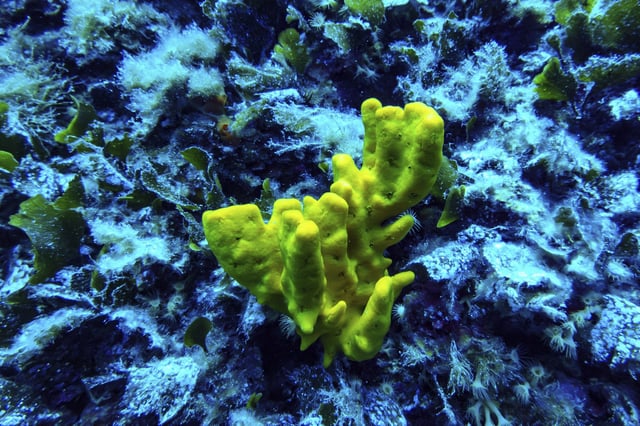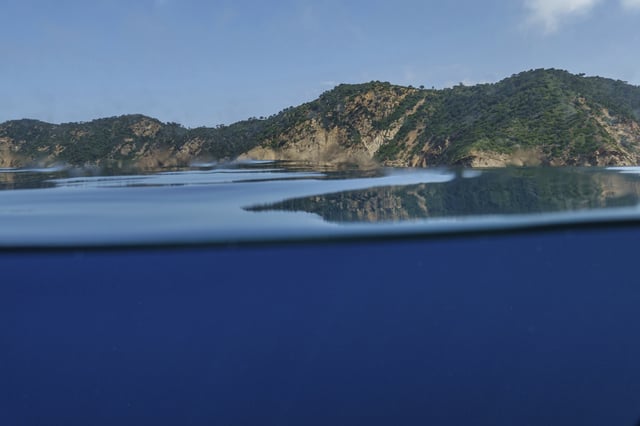Overview
- A surge of 18 ratifications during the UN Ocean Conference in Nice brought the total to 49, leaving 11 more needed for the treaty to enter into force.
- Under the treaty’s terms, entry into force follows 60 ratifications plus a 120-day waiting period, setting implementation in motion likely in early 2026.
- The agreement creates a formal process for establishing marine protected areas in international waters and requires environmental impact assessments for activities such as deep-sea mining.
- The United States, which has no formal delegation at the conference, is not expected to ratify the treaty under President Donald Trump’s administration.
- French President Emmanuel Macron, UN Secretary-General António Guterres and other leaders have urged remaining states to support a moratorium on deep-sea mining and backed the global ’30×30’ conservation pledge.



